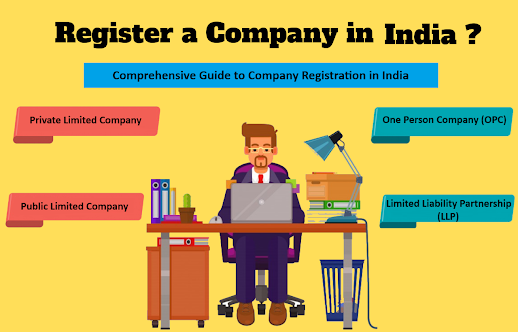Unlocking Value: Exploring Mergers and Acquisitions Strategies and Valuations
Mergers and acquisitions (M&A) are the terms used to describe the combination of businesses or assets through different types of financial exchanges. These transactions can involve buying, selling, combining, or dividing different businesses to create synergy, increase efficiency, expand market share, or achieve other strategic objectives. M&A activities are common across various industries and can range from small-scale transactions to large, multi-billion dollar deals.
Mergers and Acquisitions (M&A) A Brief Overview -
Mergers occur when two companies agree to combine their operations to form a new entity. In a merger, the companies involved typically become equal partners in the new entity, sharing ownership and control. Acquisitions involve one company purchasing another company outright. The acquiring company, also known as the acquirer or buyer, assumes control of the acquired company, also referred to as the target.
Mergers and Acquisitions can have significant implications for companies, shareholders, employees, and other stakeholders. While successful mergers and acquisitions can create value and drive growth, poorly executed transactions can result in financial losses, operational challenges, and cultural conflicts. Therefore, careful planning, thorough analysis, and effective integration are essential for achieving successful outcomes in M&A.
The following are the types of mergers and acquisitions -
Mergers and acquisitions can take various forms, each with its own characteristics and strategic objectives.
• Horizontal Merger - This type of merger occurs between companies that operate in the same industry and produce similar goods or services. The aim is often to achieve economies of scale, reduce competition, and increase market share.
• Vertical Merger - Companies operating at different stages of the supply chain merge in this case. For example, a manufacturer might merge with a distributor or a retailer. Vertical integration can help companies reduce costs, improve efficiency, and gain better control over the supply chain.
• Conglomerate Merger—This kind of mergers involves companies operating in unrelated industries. The goal is typically to diversify the merged entity's business interests and reduce risk by operating in multiple sectors.
• Market Extension Merger - This type of merger occurs when two companies selling similar products or services in different markets merge. It enables the merged entity to expand its market reach without changing its core business.
• Product Extension Merger— In a product extension merger, companies that offer complementary products or services merge to broaden the range of products or services offered to customers.
• Concentric Merger - Concentric mergers involve companies that serve the same customers but offer different products or services. The merging companies typically have complementary capabilities or technologies.
• Reverse Merger - In a reverse merger, a private company acquires a publicly listed company, allowing the private company to go public without undergoing the traditional initial public offering (IPO) process.
• Acquisition—An acquisition involves one company purchasing another company outright, often to gain access to the latter's technology, customer base, or market share.
• Friendly Merger - A friendly merger occurs when both parties agree to the merger terms and work together to complete the transaction amicably.
• Hostile Takeover— In contrast to a friendly merger, a hostile takeover involves one company attempting to acquire another against its will by bypassing its management and board of directors.
• Leveraged Buyout (LBO) - In an LBO, a company is acquired using a significant amount of borrowed money secured by its assets. Private equity firms often use this strategy to acquire companies, intending to improve their performance and sell them at a profit.
Mergers and acquisition valuations: brief details –
The process involves determining the worth of a company or its assets in the context of a potential transaction. Valuation methods vary depending on factors such as the industry, company size, financial performance, and the purpose of the transaction.
The following are some of the common valuation approaches used –
• Comparable Company Analysis (CCA) - This method involves comparing the target company to similar publicly traded companies (comparables) in terms of financial metrics.
• Precedent Transactions Analysis - This method involves analyzing the financial metrics and multiples of past M&A transactions in the same industry or sector.
• Discounted Cash Flow (DCF) Analysis - DCF analysis estimates the present value of a company's future cash flows.
• Asset-Based Valuation - This method values a company based on the fair market value of its assets minus its liabilities.
• LBO (Leveraged Buyout) Analysis - LBO analysis determines the maximum purchase price a financial buyer (often a private equity firm) can pay for a target company while still achieving a desired rate of return.
• Replacement Cost Method - This method values a company based on the cost of replacing its assets with equivalent assets at current market prices.
• Real Options Analysis - Real options analysis extends traditional valuation methods by incorporating the value of managerial flexibility and strategic options embedded in a project or investment.
Global Jurix is the Best Law Firm in Delhi, We are a team of professional Lawyers top Advocates, providing Legal Services to corporate, commercial litigation intellectual property laws and more. Global Jurix contains a blend of Youth and Experience which makes it unique and different as compared to other law firm in India. The firm provides services to the clients at the lowest possible rates and believe in maintaining long life professional relationship.




Comments
Post a Comment